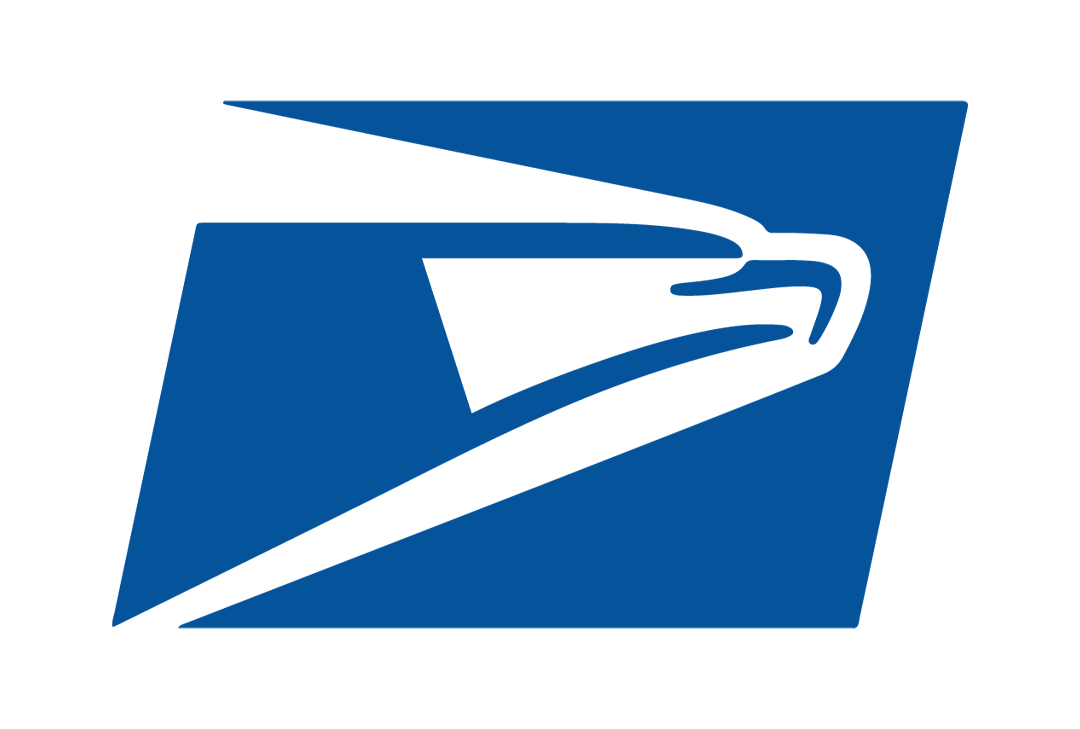Greenlight
Greenlight 1:64 1975 Ford Torino: New York Taxi

Greenlight 1:64 1975 Ford Torino: New York Taxi
$9.95
The Ford Torino is an automobile that was produced by Ford for the North American market between 1968 and 1976. It was a competitor in the intermediate market segment. The car was named after the city of Turin (Torino, in Italian), considered "the Italian Detroit". The Torino was initially an upscale variation of the intermediate sized Ford Fairlane, which Ford produced between 1962 and 1970. After 1968, the Fairlane name was retained for the base models with lower levels of trim than those models which wore the Torino name. During this time, the Torino was considered a subseries to the Fairlane. By 1970 Torino had become the primary name for Ford's intermediate, and the Fairlane was now a subseries of the Torino. In 1971 the Fairlane name was dropped altogether, and all Ford intermediates were called Torino. This name was one of several originally proposed for the Mustang while in development. The Torino was essentially a twin to the Mercury Montego line.
Most Torinos were conventional cars, and generally the most popular models were the 4-door sedans and 2-door hardtops. However, Ford produced some high-performance versions of the Torino by fitting them with large powerful engines, such as the 428 cu in (7.0 L) and 429 cu in (7.0 L) "Cobra-Jet" engines. These cars are classified as muscle cars. Ford also chose the Torino as the base for its NASCAR entrants, and it has a successful racing heritage.
For the 1975 model year, the Ford Torino received a number of minor improvements, but was for the most part unchanged. The model line-up received only one change, the Gran Torino Elite was dropped. The Elite became an independent model, and marketed simply as the Ford Elite. All Torinos featured solid state ignition systems for 1975, which improved starting performance and fuel economy, while reducing maintenance costs. Radial tires, another fuel saving feature, power steering and power brakes were all new standard features for all Torinos. 1975 Torinos received a new steering wheel design and a "Fuel Sentry" vacuum gauge was added to the option list.
The 1975 model year saw virtually no changes to the exterior styling. The only significant change was that Torino models adopted the Gran Torino grille and front fascia. Torino's weight continued to climb even though the exterior dimensions were unchanged from 1974.
The Federal Clean Air Act caused Ford to install catalytic converters for 1975 to help meet new emission standards. The converter significantly reduced the power output of the engines due to increased exhaust back pressure. In response, Ford revised the base engine on all Torinos to the 351-2V engine. Along with this change, the Cruise-O-Matic transmission became standard; no manual transmissions were available. Power for all engines, except the 460, was significantly reduced compared to 1974, and with the weight increase, fuel economy and performance continued to decrease. The 400-2V and the 460-4V were the only engine options, as the 351-4V was no longer available.
The new 351M (Modified) joined the line-up to replace the 351 Cleveland. Although, when a Torino was equipped with a 351-2V engine it could result in the car being delivered either the 351M or the 351W, as they were used interchangeably. The 351M and 351W had no appreciable power output difference. Due to the lack of emissions certification, the 351M was not available in California. The 351M used the 400's tall deck block and shared its connecting rods and intake manifold, resulting in more parts shared between 351M and 400 compared to the 351C and 400. This saved Ford on the engine production costs.
The Gran Torino Sport remained but was virtually unchanged from the 1974 model. The Sport was almost indistinguishable from a conventional Gran Torino, and customers responded with a lack of interest. 1975 was the least popular and last year for this model; only 5,126 units were produced.
Sales for Torino's dropped off significantly from the 1974 model year. With the Elite now a separate model, Torino lost a large portion of its sales. Ford produced only 195,110 Torino's for 1975. Even with the addition of the 123,372 Elites produced for 1975, total output was 318,482 which was still significantly lower than 1974. Sales decreases were likely due to the increased demand for smaller economical cars, while Ford's more sensibly sized Granada likely also stole sales from Torino. The Ford Granada was classed as a compact by Ford, but had exterior dimensions close to that of a late 1960s Ford Torino.










